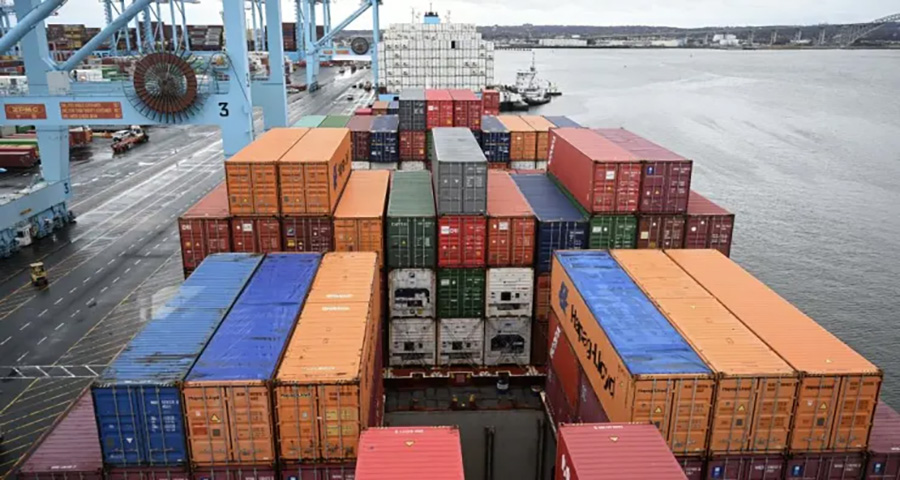Trump Proposes 25% Tariffs on Canada and Mexico Starting February 1
KEY POINTS
- Trump proposed a 25% tariff on Mexican and Canadian imports starting as soon as February 1.
- Canadian dollar and Mexican peso drop on trade concerns.
- Health systems use SRS tariff reports to gauge exposure.

President Trump’s tariff proposal on Mexico and Canada put Sourcing budgets at risk.
Global markets fluctuated on Tuesday as former President Donald Trump indicated the possibility of imposing new tariffs on Mexico and Canada by February 1 to address trade imbalances and security concerns.
“We’re thinking in terms of 25% on Mexico and Canada because they’re allowing vast numbers of people—and Canada’s a very bad abuser also—vast numbers of people to come in, and fentanyl to come in,” President Trump stated. The Canadian dollar and Mexican peso fell sharply, with analysts attributing declines to the impact of President Trump’s tariff proposals. The president also signed a memorandum instructing federal agencies to investigate trade deficits, unfair practices, and currency manipulation to advance his “America First” trade policy. A report on these findings is due by April 1. Additionally, the administration announced plans to establish an “External Revenue Service” to collect tariffs and other foreign revenues.
Forecasting the cost of patient care supplies is increasingly hazardous due to uncertainty over which countries and product categories will be the target of threatened tariffs. The Trump administration has consistently threatened deep and broad tariffs. The tariffs threatened for February 1 are consistent with statements President Trump made during his campaign, when he also proposed a 60% tariff on China, tariffs targeting BRICS countries, as well as a universal 10% import tariff.
Trump administration tariffs add to the Section 301 tariffs on China imposed by the Biden administration.
The healthcare sector is already feeling the effects of tariff uncertainty, as executives face challenges forecasting the costs of patient care supplies. Healthcare executives are urgently evaluating manufacturing locations of high-spend product categories as well as alternatives from the USA.
Health systems use SRS to evaluate tariff exposure by listing the products made in any country (see the “Products by Country (Tariff Risk)” report in the Prevent dashboard). In addition, health systems bring product locations into business reviews by running the “Products Sites and Risks” report for any supplier or distributor (Prevent dashboard > click supplier > click report icon).
For additional information, see:
BBC, Investors cautious as Trump signals new tariffs, January 21
MSN, Will Trump’s Tariffs Raise Prices? What To Know As He Threatens Goods From Canada And Mexico Starting Feb. 1, January 21
Supply Risk Solutions, Tariff Planning Requires Product Transparency, January 13
Supply Risk Solutions, Tariffs Push Manufacturers to Rethink Supply Chain Strategies, November 15
Supply Risk Solutions, Tariffs Spur Urgency to Understand Product Manufacturing Locations, November 11
Supply Risk Solutions, List the Products You Buy That Are Subject to China Import Tariffs, October 28
White & Case, United States Finalizes Section 301 Tariff Increases on Imports from China, September 17
Supply Risk Solutions, Biden Raises Tariffs on Key Chinese Imports to Bolster U.S. Industries, May 20